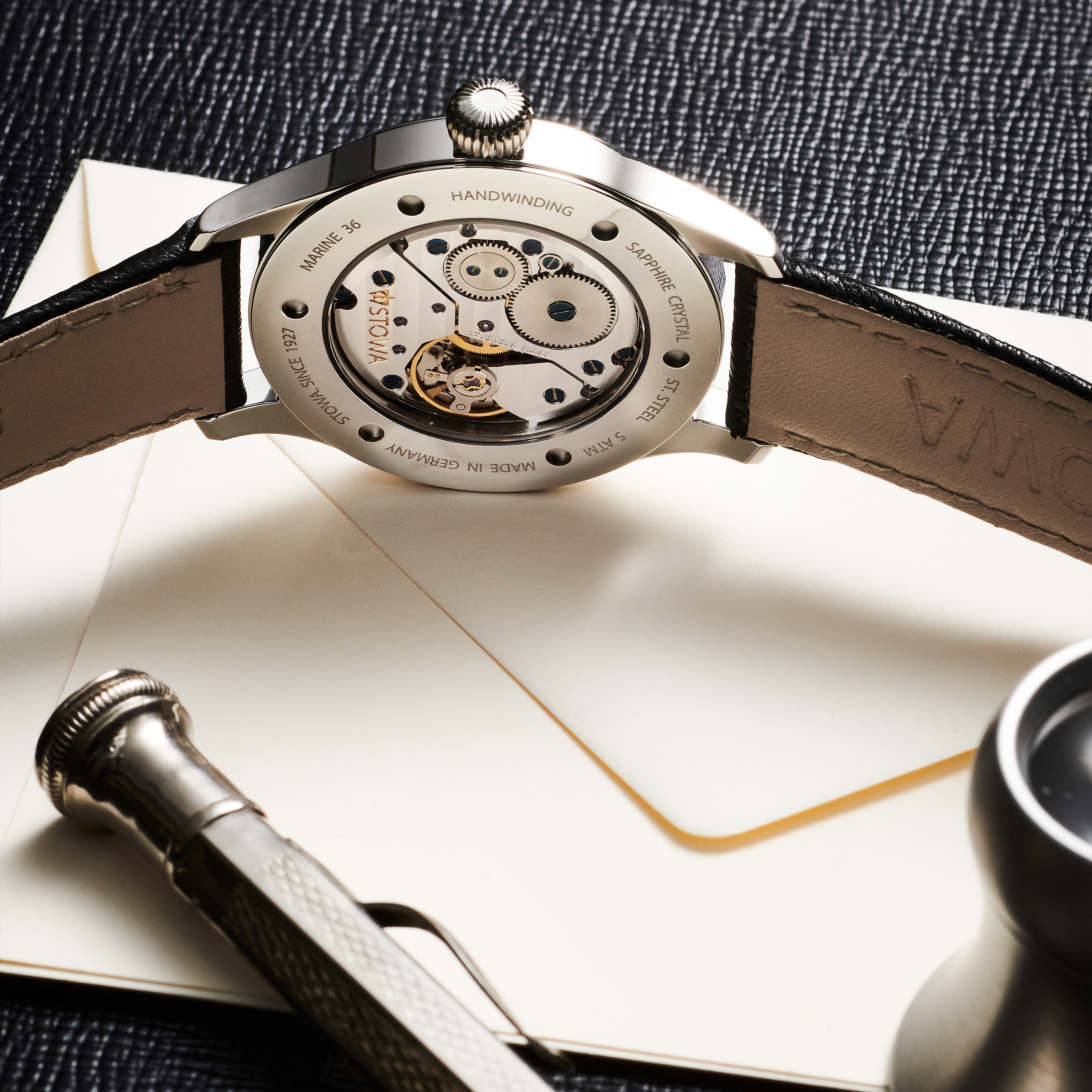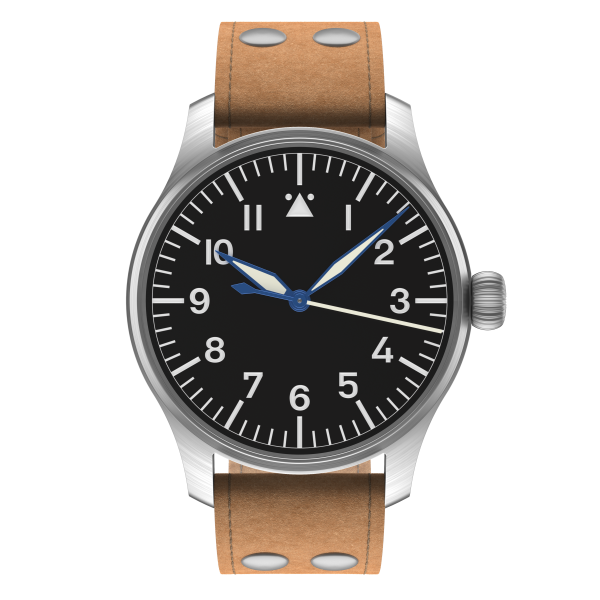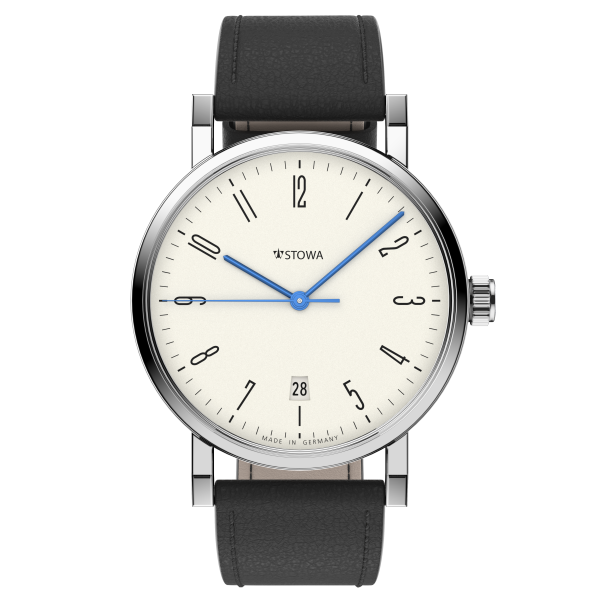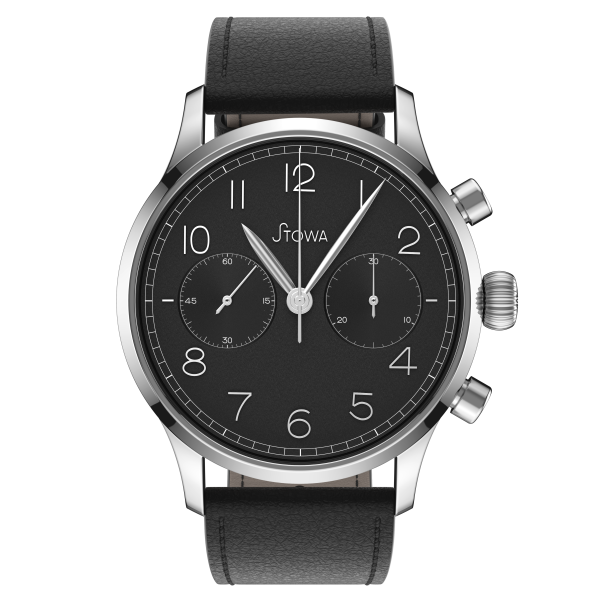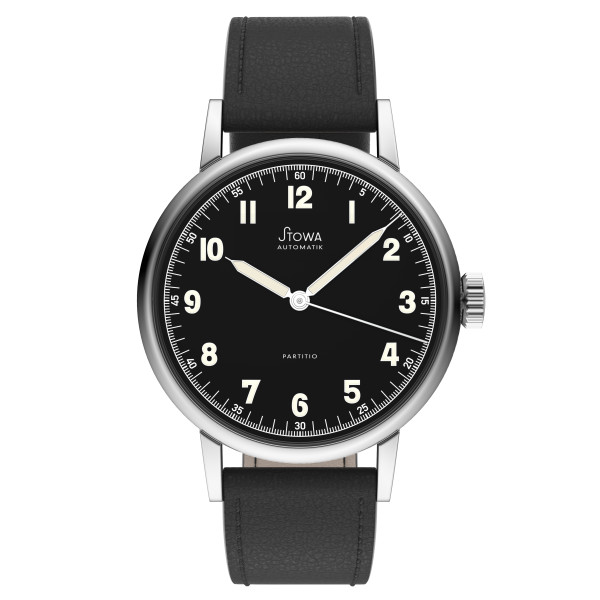History of classic Marine watches
Without B-watch ( Marine watch) no orientation on the world's oceans
The beginnings of these watches, also called B watches, deck watches or captain's watches, go back to the British Navy. In order to determine the exact position of the many ships in its worldwide naval fleet, it needed instruments to tell the time as accurately as possible. The famous British watchmaker John Harrison constructed the first marine chronometers at the beginning of the 18th century. These were large grandfather clocks that used special devices to compensate for fluctuations on deck. In 1753, Harrison made the first pocket watch, which was already quite accurate. Around 1790, Ferdinand Berthoud constructed a special sea pocket watch that was suspended in a carrying frame to compensate for the waves. In the following decades, not only the navy but also the emerging natural sciences demanded instruments that were as accurate as possible for measuring time. Only watches with an official certificate were allowed to be called observation watches. The reason is clear: after leaving port, the watches should always show the exact time for as long a period as possible. Only then could the location be accurately determined by means of time specifications, using the sextant and a clock showing the exact Greenwich time to calculate the difference between the two times and then determine the longitude.
Start of production
STOWA starts manufacturing the Marine observation watch in 1939, one year after building its own company building. The characteristic of a classic observation watch is the very good readability. For this purpose, the dials were often completely covered with luminous material. To protect the watches, specially made wooden cases (often waterproof and shockproof) were used. Only 288 pieces of the original STOWA observation watch were built. Meanwhile, there are different sizes and functions.
Movement of the historical watch
2002 - Marine Unitas 6425 - sold out
In the first Marine watch of modern times, STOWA used the handwound Unitas 6425 movement with small seconds. The movements had Geneva stripe finish and blued screws. The watch was built in a quantity of 100 pieces (planned were 200, unfortunately another 100 movements were not delivered).
2005 – Marine Automatic
After launching the limited edition handwound watch, STOWA launched the Marine Automatic with ETA 2824-2 movement in 2005. Since then, this model has been built almost unchanged. The date display and excellent readability make it a very popular everyday watch. Also available with 925/000 silver dial.
2006 – Marine Original
The typical arrangement of the seconds display on the observation watch is the small seconds at 6 o'clock. In 2006 STOWA presents the Marine Original with the legendary Unitas 6498 pocket watch movement. The movement with swan neck fine adjustment is completely visible through the sapphire crystal case back.
2013 - Rosé gold watch 750/000
STOWA's tradition of gold watchmaking was strongly supported by the infrastructure of Pforzheim. The Goldstadt was home to many case manufacturers who competently built gold cases. For some years now, STOWA has been building the Marine Original in 750/000 rose or white gold on special request.
Award: Golden Balance 2013 - Marine Chrono
In 2013, the Marine Chrono takes second place in the UHREN-MAGAZIN and Focus Online Golden Balance Election. The classic chronograph arrangement and the high-quality components, e.g. temperature-blued steel hands, are very popular with STOWA collectors worldwide.


